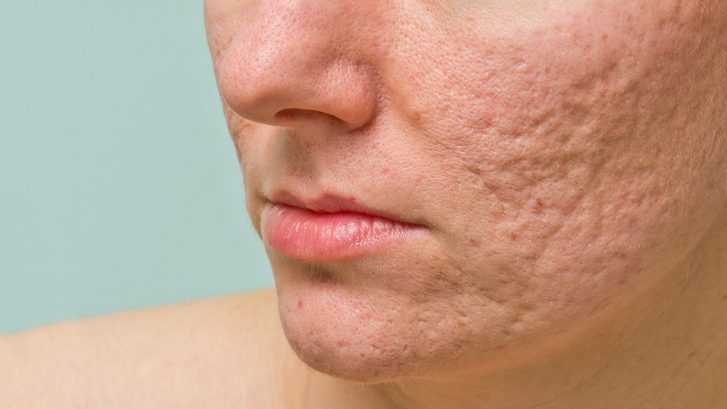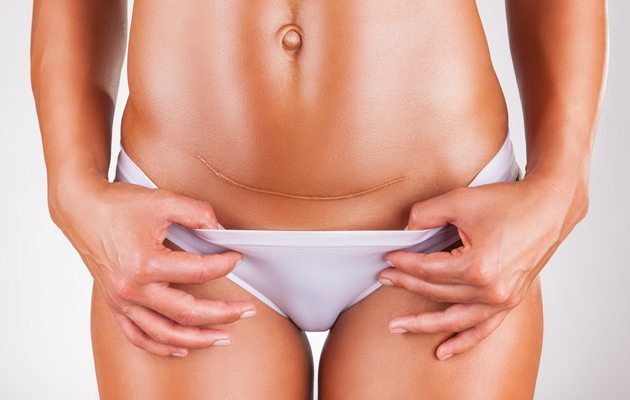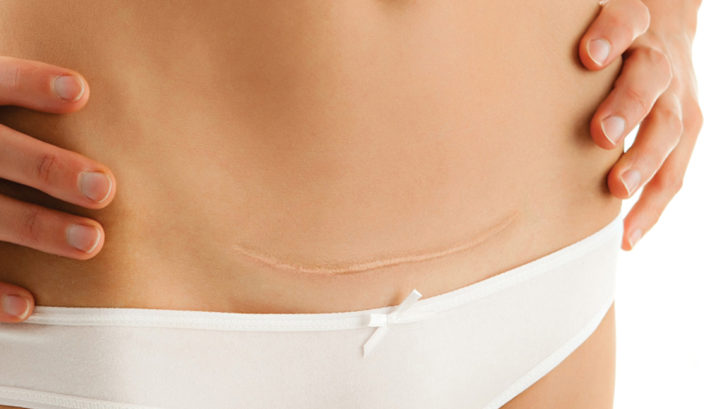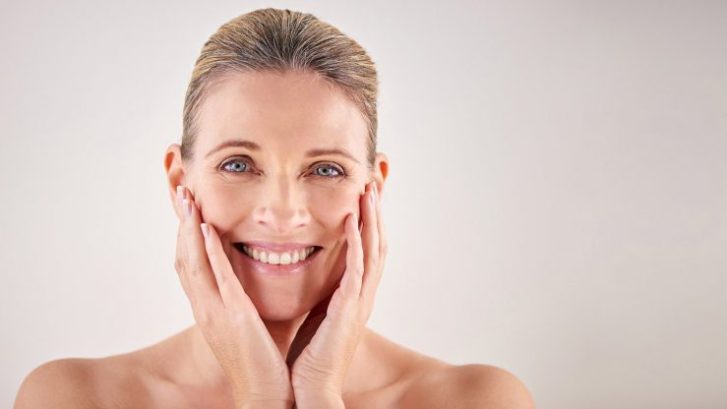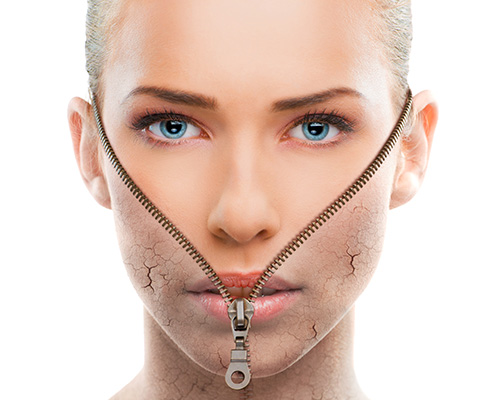Here Comes the Sun: Protecting Yourself from Bright UV Rays in Los Angeles
Sorry Game of Thrones fans – winter is over. As the calendar fades into springtime, Los Angelenos take to the beaches, porches, and anywhere else where they can soak in the stunning SoCal weather.
Spring is basically summer in Beverly Hills. The sun beckons locals and tourists alike to bask in the warmth of our iconic landscape and legacy. But as the UV rays bathe Tinseltown in a golden glow, you should be aware and prepared for the more harmful effects of sun exposure.
CARCINOMA
As you frolic in the California surf, you may feel like nothing could rain on your proverbial parade. Unfortunately, an ominous cloud hangs over the sunny SoCal skies, and it is shaped like carcinoma.
Every year, over 3 million Americans receive skin cancer diagnoses. It is the most common form of cancer, but that doesn’t make it any less serious or scary. To better understand the ways in which we can prevent and treat skin cancer, let’s discuss the various types that affect us most.
Of that staggering 3 million cases of skin cancer mentioned above, approximately 80% are attributed to basal cell carcinoma (BCC). Epithelial tissue is a lining of cells that runs just below the surface of the skin. We also have epithelial matter in our blood vessels, organs, and digestive tract, so it is an expansive network indeed.
When a tumor develops in the epithelial tissue, this is called a carcinoma. Individuals over the age of 50 are particularly prone to developing carcinomas, so be sure to get checked regularly once you surpass the Big 5-0. Also, professional estimates indicate that 90% of carcinoma cases occur in white-skinned individuals.
Basal cell carcinomas (BCC) lurk in the base of the epidermis, as the name suggests. BCCs are less likely to spread than other forms of carcinomas, but you should still refer the condition to a skilled healthcare professional for treatment.
More serious is the squamous cell carcinoma (SCC). “Squamous” means scale-like; the term describes the flattened, overlying pattern of our top layer of skin. If the carcinoma is detected in the squamous layer, it is more likely to spread. Please do not hesitate to seek medical attention if you suspect the existence of SCCs.
The primary cause of skin cancer is exposure to UV rays. The radiation from the sun’s light can mutate cells along or even beneath the skin. Ultraviolet radiation accounts for approximately 99% of the non-melanoma cancers listed above. These same UV rays contribute to 95% of the more serious strains of skin cancer: melanomas.
MELANOMA
The skin cancer of which you should be even more concerned is melanoma. Unlike carcinoma, melanoma has the ability to spread rapidly from the skin to other vital organs.
Melanoma affects cells called melanocytes. These cells are responsible for giving our skin the pigment we project to the world. Melanocytes produce melanin, a process that is accelerated by exposure to UV rays. When exposure becomes overexposure, melanoma may occur.
Sunlight can mutate melanocytes, triggering uncontrolled cell growth. This can manifest itself in the forms of moles or splotches of discoloration on the surface of your skin. Some spots are harmless, but others may spell danger. Here is a helpful way of telling the difference: it’s as easy as A-B-C-D-E.
- Asymmetry – If one side of a blemish grows beyond the confines of the other side, then you may be dealing with a problematic melanoma.
- Border – Keep a close eye on the outline of your mole/mark. Look for ragged edges, blurry borders, or other irregularities.
- Color – Check for inconsistencies in the hue of your discoloration. Different shades of black, brown, white, pink, and even blue may cloud the surface of a melanoma.
- Diameter – Measure the width of your spot. Is it 6 millimeters (1/4 inch) or more? Some melanomas can be small, but if a mole is larger than the size of a pencil eraser, it could be worrisome.
- Evolution – Has a splotch changed color, shape, size, or made any other noticeable shifts over a short span of time? If so, please contact a specialist to have it checked out.
PREVENTING SKIN CANCER
The best treatment is prevention. To avoid developing the types of skin cancer detailed above, be sure to use proper protection from the Southern California sun. Apply sunscreen at least 30 minutes before direct exposure to UV rays, and make sure it is water-resistant if you are enjoying a beach day.
Use SPF 30 or greater and stay in the shade whenever possible (especially the peak hours of 10 am to 4 pm). If you have a tendency to nap on lazy vacation days, seek refuge! Don’t fall asleep in the sun or you may forget to reapply that sunblock every two hours, or more frequently if you swim.
TREATING SKIN CANCER
If you do happen to develop skin cancer, we are here to support you. Dr. Binder has perfected the art and science of removing cancerous lesions, and he can tailor his approach to your issue. These methods include freezing or excision when the incidence is small enough. For larger areas of skin cancer, Dr. Binder has pioneered grafting and flap techniques to alleviate your concerns and preserve your aesthetic beauty.
When a cancerous spot is removed, Dr. Binder will patch it up using healthy skin of your own. He can harvest skin from donor sites on your own body and select the incision site to hide it from everyday view. This healthy tissue is then integrated with the blood vessels on the area where the cancer was removed. As your body adopts the relocated skin, the healing process continues.
To learn how Dr. Binder can address your concerns and amplify your skin health, please call (310) 858-6749. Relief and rejuvenation await.


